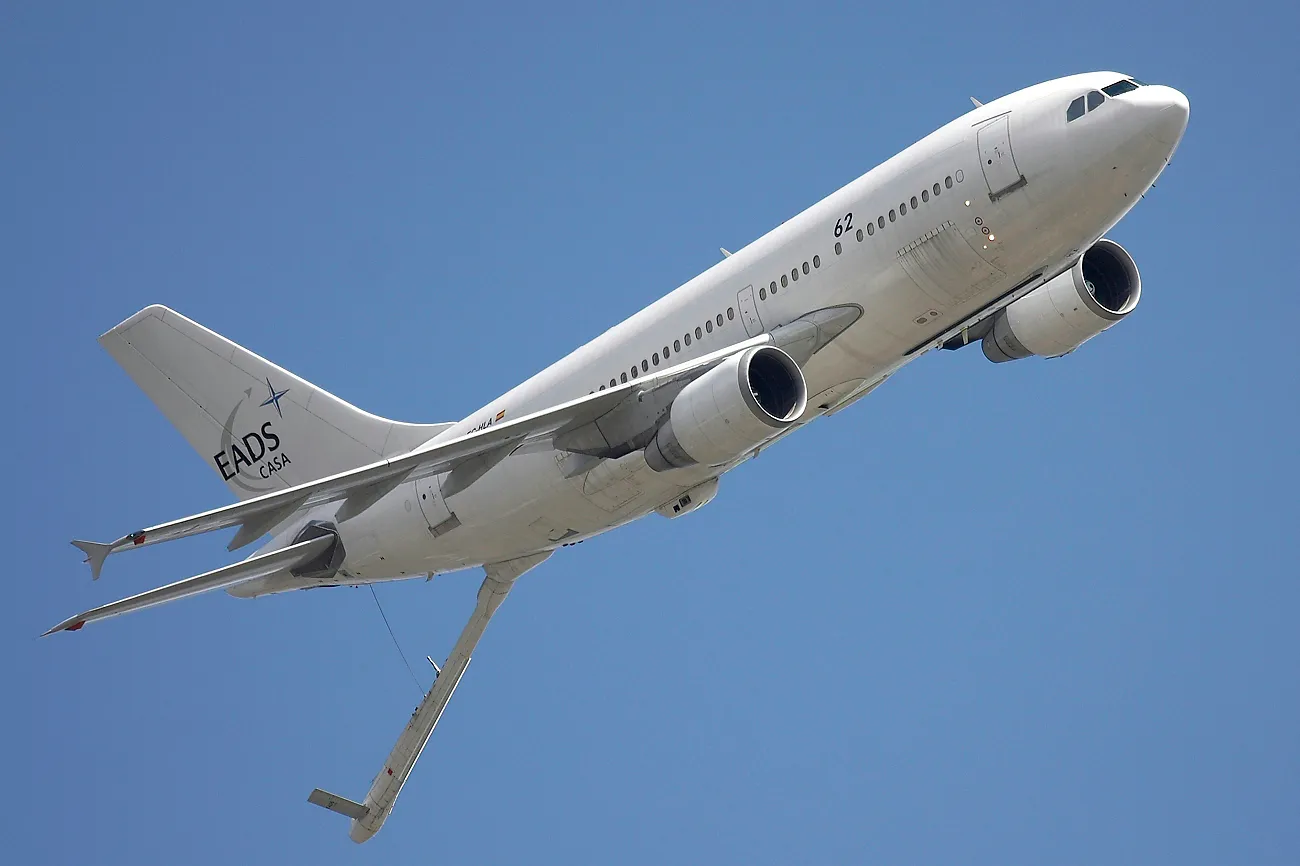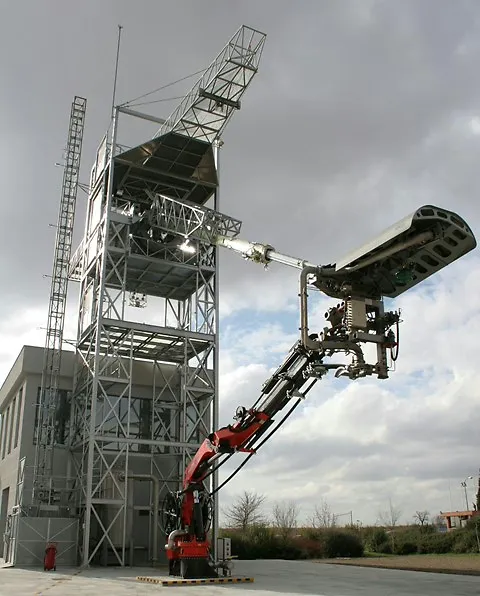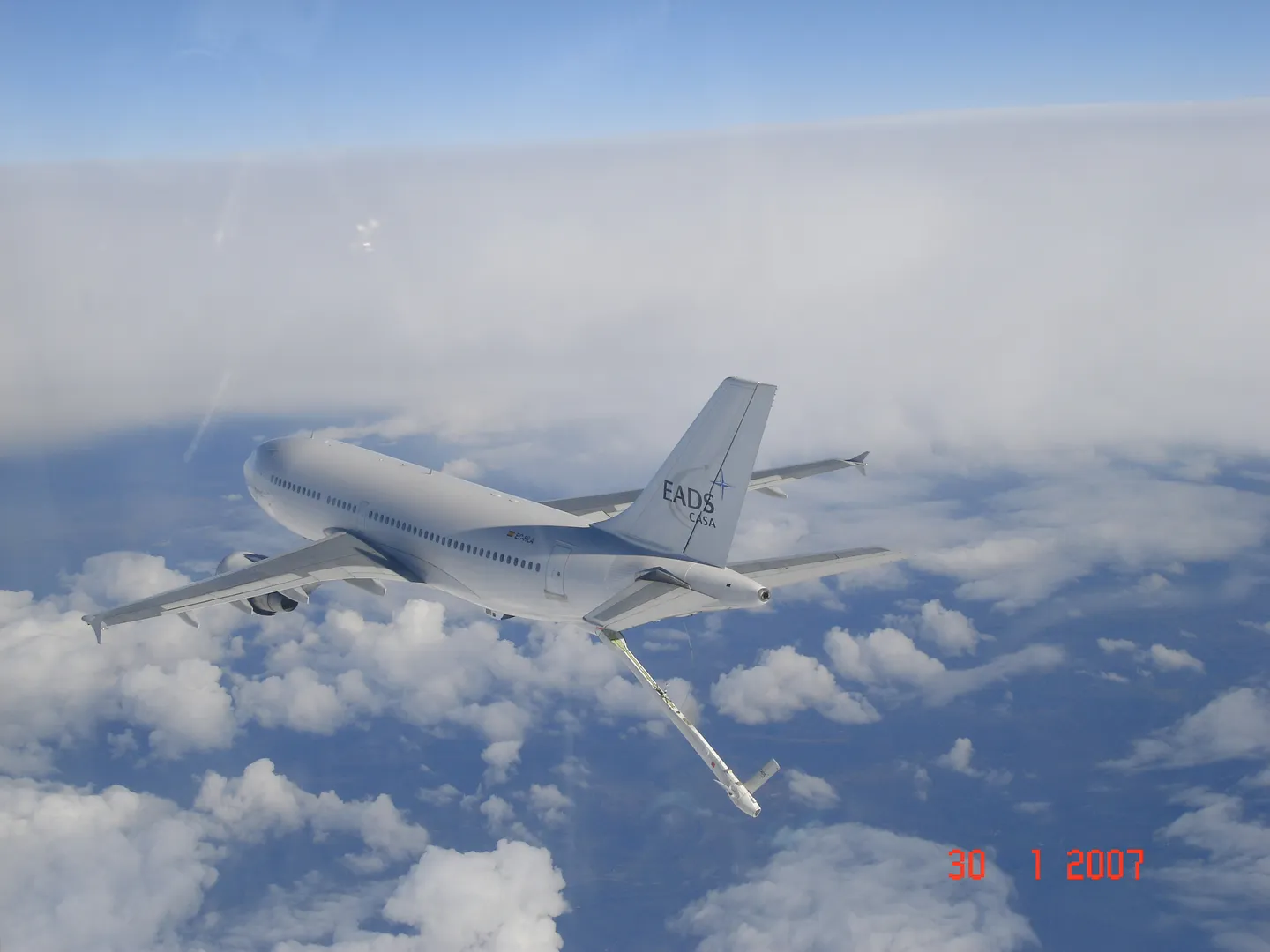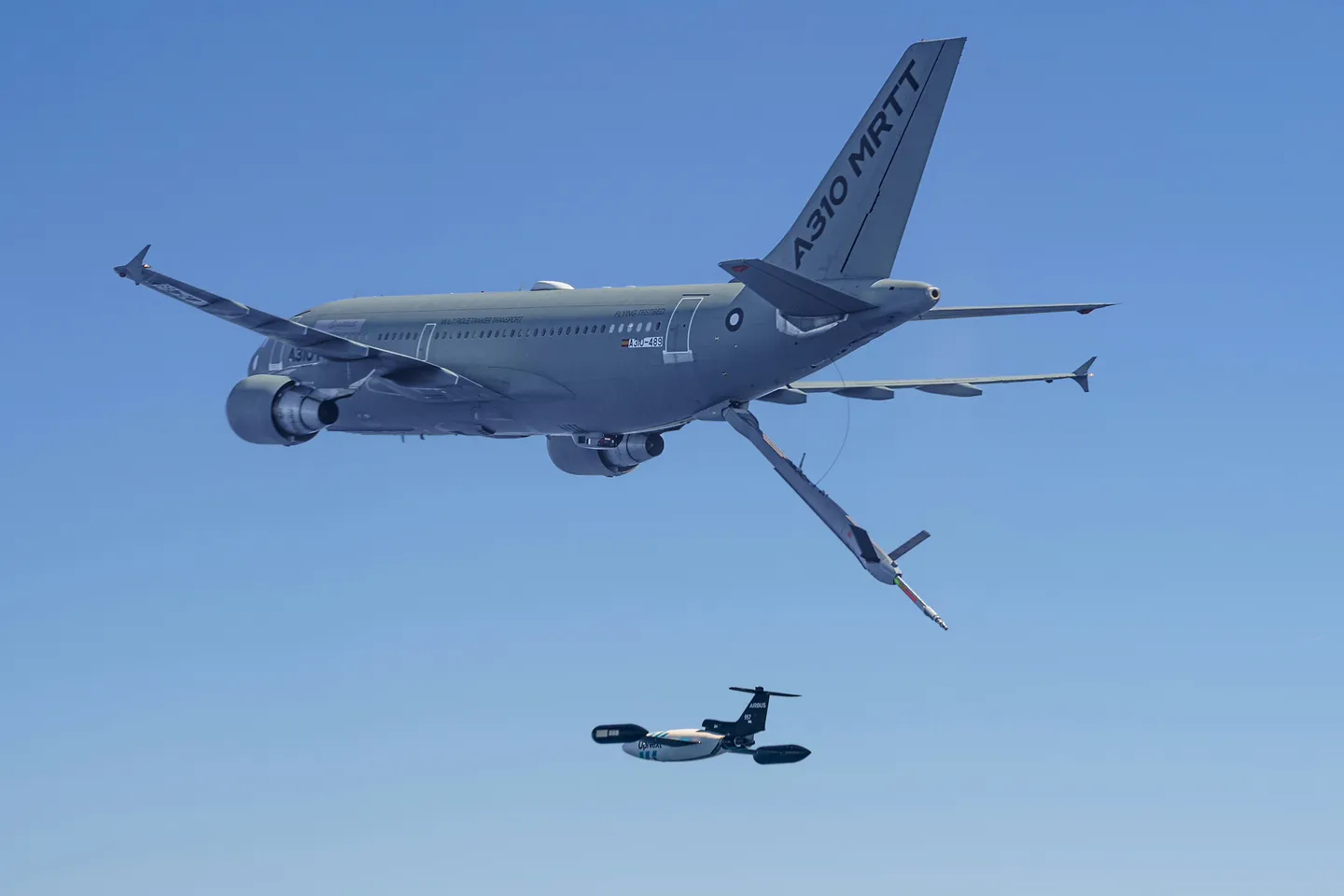Airbus retires its A310 MRTT: 18 years at the forefront of European in-flight refueling development
Airbus Defence and Space is retiring from service its A310 MRTT, an aircraft that for 18 years has been a pioneer in the European development of in-flight refuelling technologies.
From the initial studies of the boom refueling system to the current A330 MRTT, the world’s first tanker aircraft certified for automatic air-to-air refueling, the A310-300 MRTT (MSN489) served as a test bed for more than 350 flight tests over the past two decades.

MSN 655, an A330-200, will become Airbus’ new research platform for the development of in-flight refueling systems. Arriving in Getafe in May, it will be adapted to the MRTT configuration to support future innovations.
Pioneer of European in-flight technology development
This A310 helped to develop the original boom demonstrator, but also paved the way for the certification of the automatic air-to-air refuelling system and it went to the next level with the autonomous refuelling system through the Auto’Mate trials. However, it is not only about refuelling, but also new connectivity developments, System of Systems or Space-related solutions.
The boom demonstrator was a project of the former EADS Military Transport Aircraft (now Airbus), whose development and testing began in 2001 with the construction of a full-scale test bed in Getafe.

The entire flight test phase of the program was conducted using the A310 Flying Test Bed, nicknamed the “Boom Demonstrator”, equipped with the Aerial Refuelling Boom System (ARBS), which made its maiden flight on March 16, 2006. The ARBS featured advanced control and vision technology and underwent rigorous flight testing. Located under the rear fuselage of the tanker aircraft, the boom mast was remotely controlled from a refueling console on the flight deck, where a refueling operator used an advanced high-definition/digital 2D/3D vision system. The ARBS was equipped with an all-electric, all-fly-by-wire flight control system.
In 2006, the first phase of the ARBS test program was successfully completed, marking an important milestone in the development of this technology. A year later, the A310 deployed the stick for the first time during a test flight, demonstrating the functionality and effectiveness of the system.

See also: Airbus achieves in-flight control of a drone from an A310 MRTT
A310 “Boom Demonstrator” Career Milestones
Airbus highlighted 15 achievements from the MSN489’s long career as the company’s flying laboratory:
- Originally operated by Air Comet, the A310-300 (MSN489) joined the Airbus fleet in September 2003.
- In March 2006 the aircraft made its first flight as an MRTT demonstrator and it was converted into a Flying Test Bed.
- The aircraft has reached 60,000 flight hours in total, counting 1,150 as a test-bed in 353 flight tests.
- In January 2007 the boom was successfully deployed during a flight for the first time.
- In 2012 it was certified with the new A330 MRTT standard. Originally painted white with the former EADS-CASA logo, the livery became grey at that time, incorporating the new Airbus Defence and Space logo.
- The first dry contact between the A310 Boom Demonstrator and a Portuguese F-16 through the ARBS occurred on 10 December, 2007.
- The first wet contact was performed in March 2008 with a Portuguese Air Force 201 Squadron F-16AM Fighting Falcon.
- In July 2008 was performed the dry contact of a French Air Force EDCA 36 Squadron E- 3F AWACS.
- In January 2009 was performed the first dry contact of the Royal Australian Air Force A330 MRTT through the Universal Aerial Refuelling Receptacle Slipway Installation (UARRSI).
- In July 2009 was performed a first night refuelling with a Portuguese F-16. This validation confirmed the performance of the ARBS’ state-of-the-art, enhanced-vision system and the ability to refuel during adverse weather/night conditions.
- The test and evaluation programme using the A310 Boom Demonstrator was successfully completed after 267 contacts with the KC-30A (RAAF A330 MRTT), 181 with F-16As and five with an E-3F AWACS.
- The aircraft played a key role during Automatic air-to-air refuelling (A3R) as well as Autonomous air-to-air refuelling (A4R) flight-test campaigns.
- Germany and Canada have been A310 operators in MRTT configuration. The German A310 MRTT and Canadian CC-150T Polaris (local designation) fleets have been involved in fighter deployments, troop rotations, medical evacuations and humanitarian/natural-disaster relief operations all over the world.
- The first German A310 MRTT was rolled out on 9 December 2003 in Dresden.
- Apart from civilian customers, it is used by the Spanish Air Force as a VIP and personnel carrier, the German Luftwaffe and the Canadian Air Force, as well as for Airbus’ own test-bed until now.


/https://aviacionlinecdn.eleco.com.ar/media/2024/09/Airbus-A310-MRTT.webp)
Para comentar, debés estar registradoPor favor, iniciá sesión